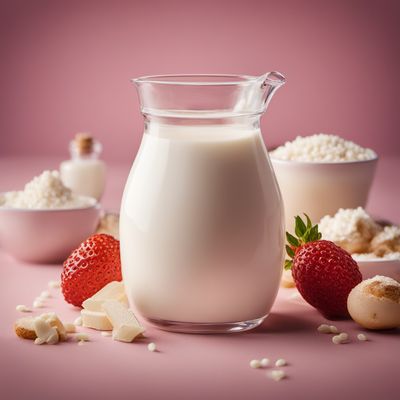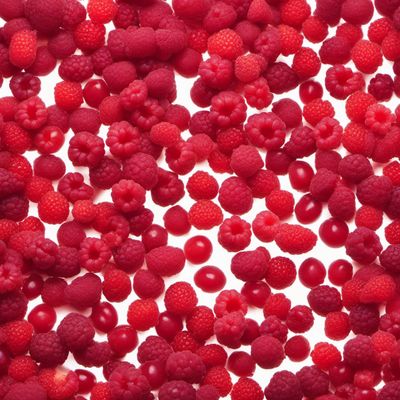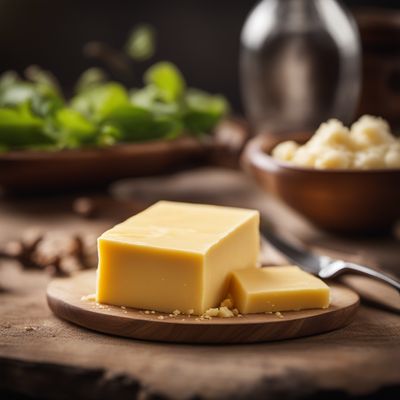
Ingredient
Figs dried flavour
The Sweet Essence of Dried Figs
Dried figs are plump, chewy, and bursting with a concentrated sweetness. They have a wrinkled exterior and a soft, jam-like interior, making them a versatile ingredient in both sweet and savory recipes. Their rich flavor profile combines notes of honey, caramel, and raisins, with a subtle earthiness.
Origins and history
Dried figs have a long and fascinating history, dating back to ancient times. They were highly prized in ancient Greece and Rome, and were considered a symbol of prosperity and fertility. Figs were also mentioned in religious texts and were believed to have healing properties. Today, they are cultivated in many Mediterranean countries and are enjoyed worldwide for their unique taste and texture.
Nutritional information
Dried figs are a good source of dietary fiber, potassium, and antioxidants. They are also low in fat and contain natural sugars, making them a healthier alternative to processed sweets. A 1/4 cup serving of dried figs provides approximately 110 calories.
Allergens
Dried figs may cause allergic reactions in individuals with a sensitivity to latex, as they contain proteins that are similar to those found in latex. People with latex allergies should exercise caution when consuming dried figs.
How to select
When selecting dried figs, look for ones that are plump, soft, and slightly sticky to the touch. Avoid figs that are hard, dry, or have moldy spots. Opt for organic or unsulfured varieties for a more natural and wholesome choice.
Storage recommendations
To maintain the freshness and quality of dried figs, store them in an airtight container in a cool, dark place, such as a pantry or cupboard. They can also be refrigerated to extend their shelf life. Properly stored, dried figs can last for several months.
How to produce
Dried figs can be grown in warm climates with well-drained soil. They require full sun exposure and regular watering to thrive. However, they are more commonly produced on a commercial scale by experienced farmers.
Preparation tips
Dried figs can be enjoyed as a healthy snack on their own or used in a variety of culinary preparations. They are commonly used in baked goods, such as cakes, cookies, and breads, as well as in jams, chutneys, and sauces. They pair well with cheese, nuts, and cured meats, and can also be added to salads, grain dishes, and stuffing recipes.
Culinary uses
Dried figs are widely used in Mediterranean, Middle Eastern, and North African cuisines. They are commonly found in countries such as Turkey, Greece, Italy, Spain, Morocco, and Tunisia.
More ingredients from this category » Browse all

Carrot flavour
The Vibrant Essence of Carrots

Gin flavour
The Essence of Gin

Milk flavour
The Creamy Elixir

Ham flavour
Unlocking the Essence of Smoky Delight

Citron flavour
Zesty Essence: Citron Flavour

Peanut flavour
The Versatile Delight of Peanut Flavor

Wild berry flavour
Bursting with Nature's Delight: Exploring the Wild Berry Flavor

Beef soup flavour
Hearty Broth Enhancer

Butter flavour
"The Essence of Creamy Indulgence: Unveiling the Magic of Butter Flavour"

Grenadine flavour
The Essence of Grenadine

Watermelon flavour
The Refreshing Essence: Unlocking the Delightful Watermelon Flavor

Sweet chili flavour
Fiery Fusion